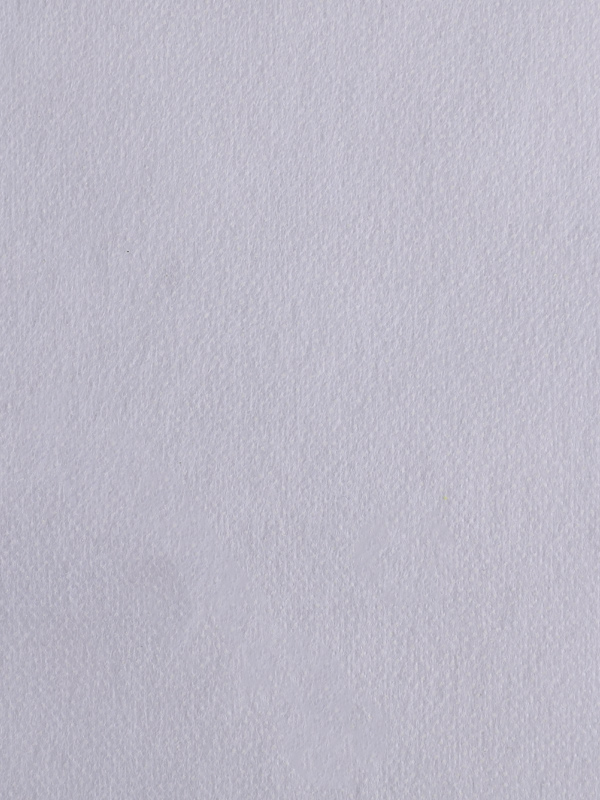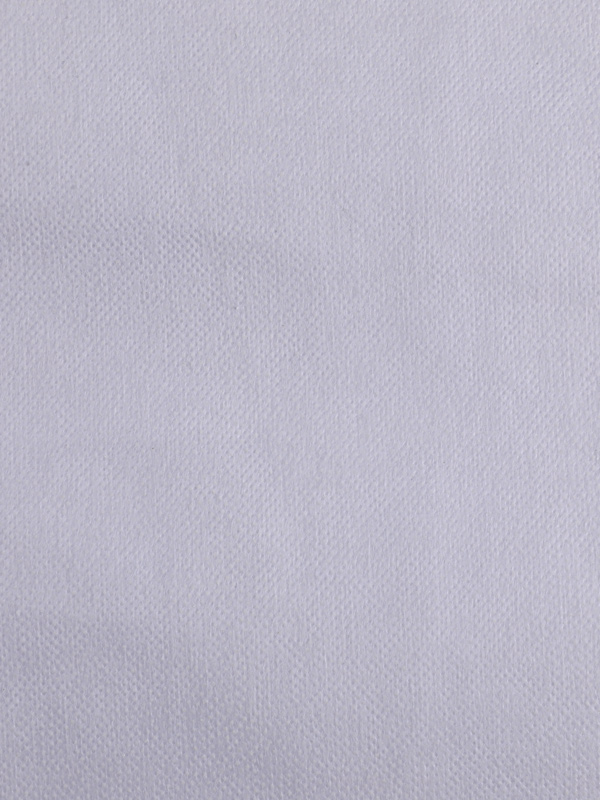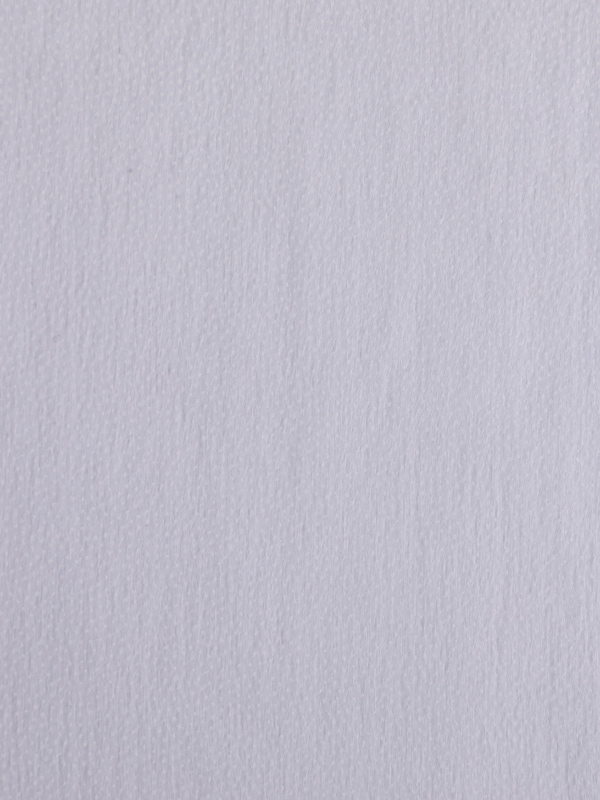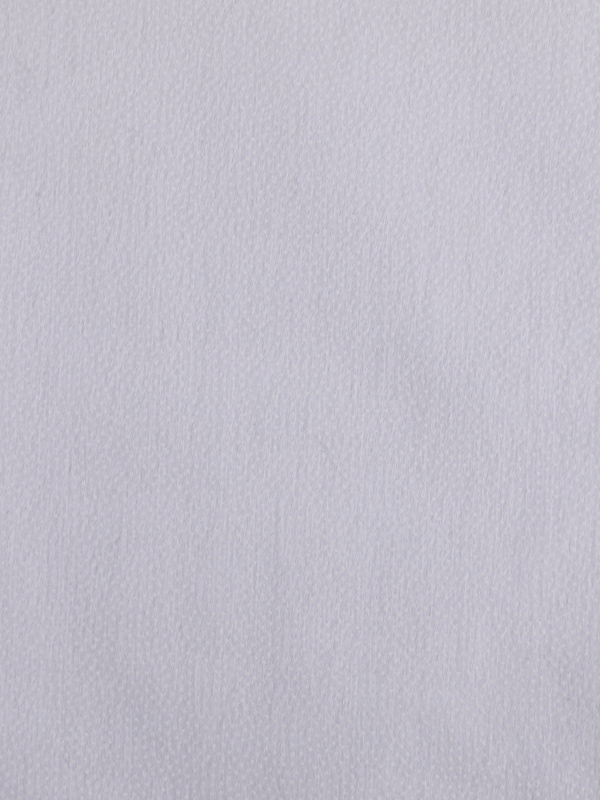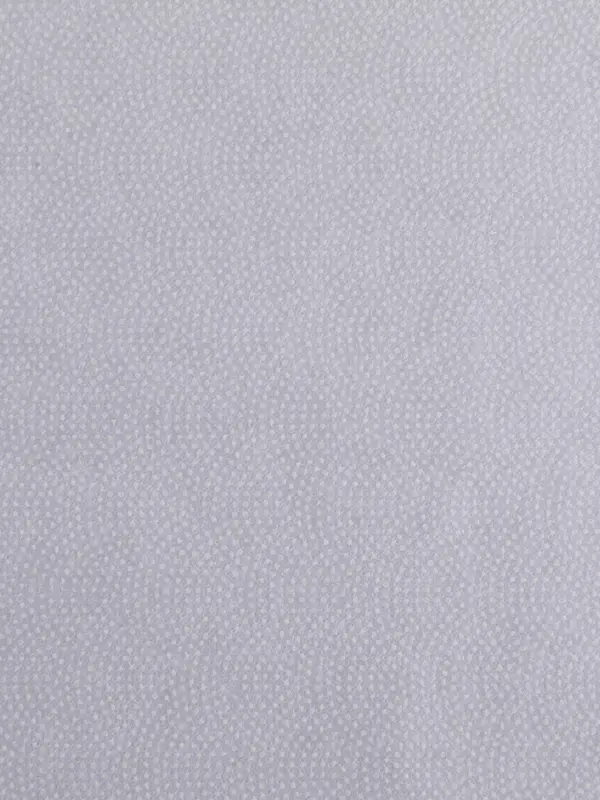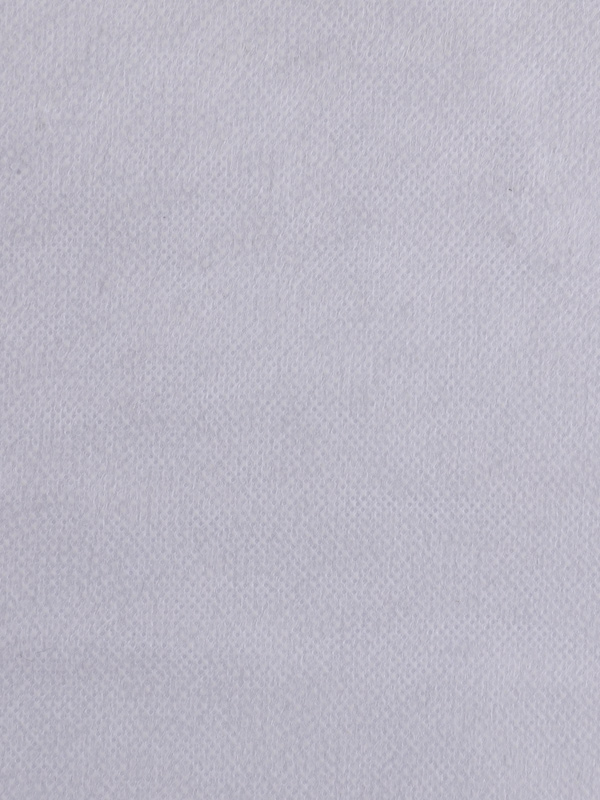In the world of fashion and apparel, attention to detail and quality craftsmanship are vital for creating garments that not only look good but also fit well. Behind every impeccably tailored suit, dress, or blouse, there lies an often-overlooked component known as garment interlining. While hidden from view, interlining plays a crucial role in enhancing the structure, drape, and overall performance of garments.
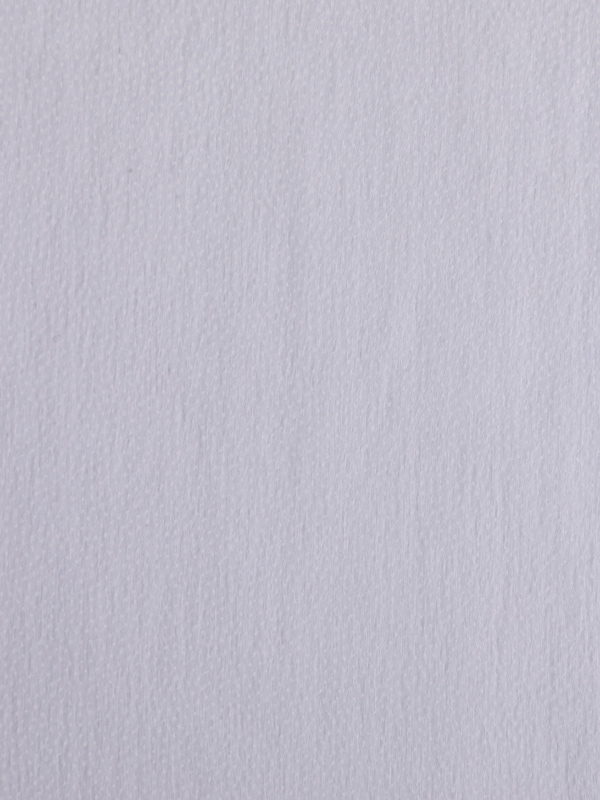
Understanding Garment Interlining:
Garment interlining refers to a layer of fabric or material inserted between the outer fabric and lining of a garment, typically in areas such as collars, cuffs, lapels, and waistbands. It serves multiple purposes, including providing shape and support, enhancing durability, improving fit, and creating a smooth and professional finish.
Types of Garment Interlining:
Various types of interlining materials are available, each with its unique characteristics and applications. Here are some commonly used types of garment interlining:
Fusible Interlining: Fusible interlining is perhaps the most widely used type in the fashion industry. It features a heat-activated adhesive on one side, which is activated using an iron or a heat press. This adhesive bonds the interlining to the fabric, providing structure and shape to the garment.
Sew-In Interlining: As the name suggests, sew-in interlining is attached to the fabric using stitching techniques such as basting or pad stitching. This type of interlining offers excellent stability and is commonly used in tailored garments like suits and coats.
Knitted Interlining: Knitted interlining is made from a knitted fabric, which allows it to stretch and move with the garment. This type of interlining is often used in areas that require flexibility, such as collars and cuffs.
Woven Interlining: Woven interlining is constructed from a tightly woven fabric, providing stability and structure to the garment. It is commonly used in areas that require stiffness, such as waistbands and lapels.
Garment interlining serves several essential functions that contribute to the overall quality and aesthetics of a garment:
Shape and Structure: Interlining helps garments maintain their shape, especially in areas prone to distortion or sagging. It provides reinforcement and support, giving garments a professional and polished appearance.
Fit and Comfort: Interlining can improve the fit of garments by adding body and substance, reducing wrinkling and sagging. It enhances the overall comfort for the wearer by ensuring that the garment drapes and moves naturally with the body.
Durability: By reinforcing stress points, such as collars and cuffs, interlining increases the durability and longevity of a garment. It prevents excessive wear and tear, allowing the garment to withstand regular use and maintain its shape over time.
Aesthetics: Garment interlining plays a crucial role in achieving a clean and refined finish. It helps to eliminate wrinkles, puckering, and fabric irregularities, creating a smoother and more visually appealing garment.
While often hidden from view, garment interlining is an indispensable component in the world of fashion and apparel. Its ability to enhance structure, shape, fit, and durability ensures that garments not only look good but also feel comfortable and stand the test of time. The careful selection and application of appropriate interlining materials contribute significantly to the overall quality and craftsmanship of garments, making them a vital consideration for designers, tailors, and manufacturers alike.




